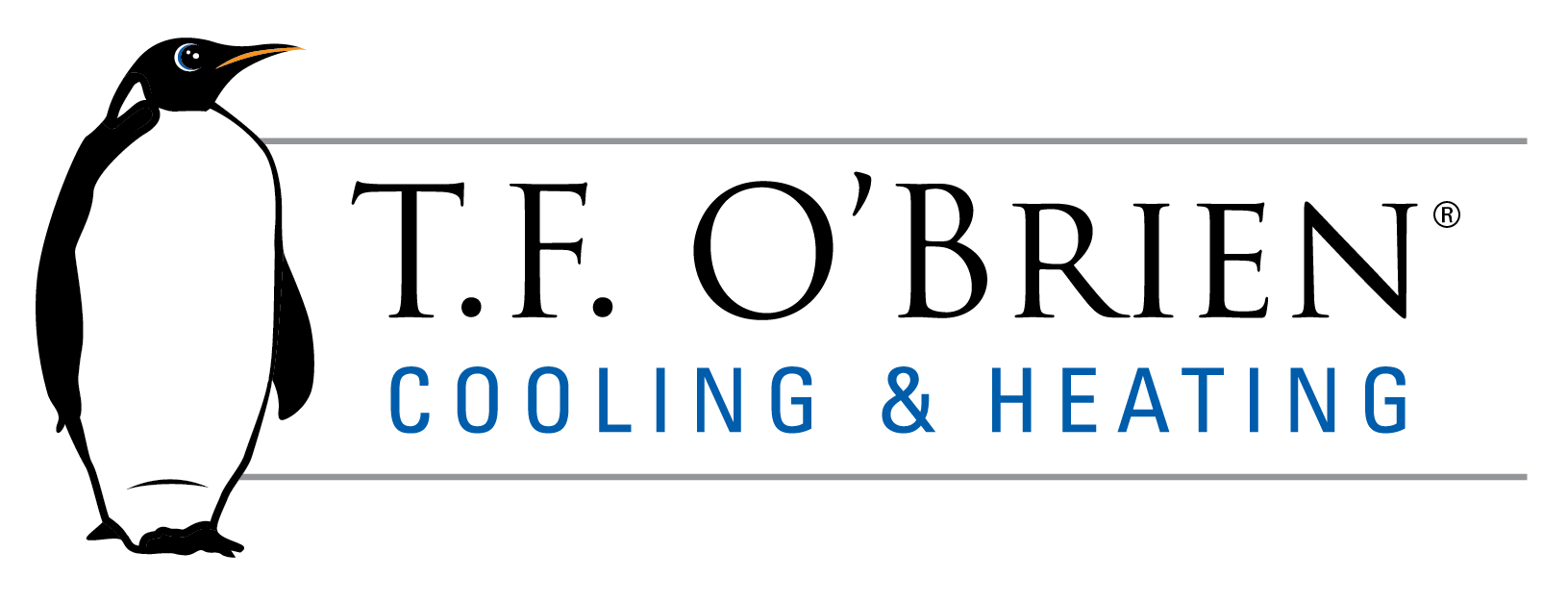So how do whole house air cleaners improve air quality through out your home?
Have you ever noticed all of the particles that are floating around in the air when you see the sun rays beaming through a window? These are many of the impurities and dust particles that are airborne throughout your home. And, this only represents one percent of the impurities that you and your family are breathing in on a daily basis. The other 99% cannot be seen and have no detectable odor.
Poor indoor air quality can lead many respiratory problems and is very harmful to people with asthmatic conditions. Headaches, nausea, and irritable eyes are also signs of poor air quality in the home.
Whole house air cleaners improve air quality by having the air that circulates through out your home pass through filters that remove the dust mites and allergens from the air. Most of these whole house air cleaners are attached to your home’s central air conditioning / heating system, even though there are some portable devices available as well.
This means that every time that you run your central air or heat, the air will first pass through the latest in state of the art filters that will remove all of the harmful contaminants from every room in your home making your indoor air a lot healthier and safer to breathe.
Whole house air cleaners improve air quality for you and your family. It will definitely improve your quality of life at home by making sure that you are providing the best air within your home that you possibly can. And there is no greater comfort that knowing that you are doing what’s best for your family and helping to clean up the environment as well.
T.F. O’Brien services the Long Island, New York area.
Our goal is to help educate our customers about energy and home comfort issues (specific to HVAC systems). For more information about preventive maintenance and other HVAC topics, please download our free Home Comfort Resource guide.
